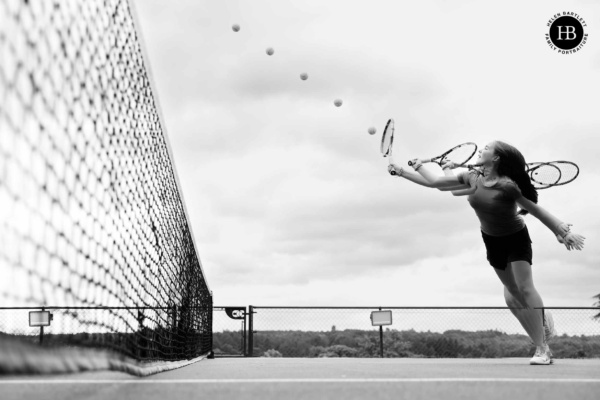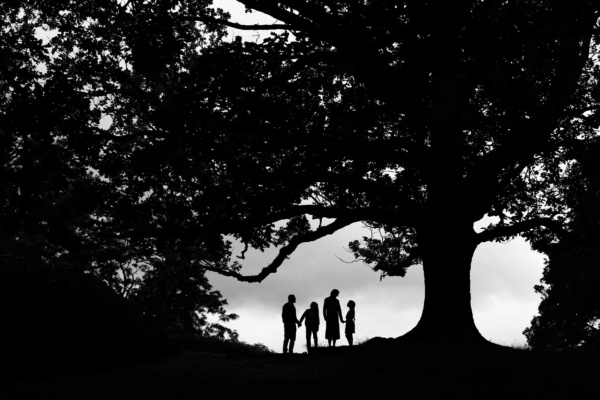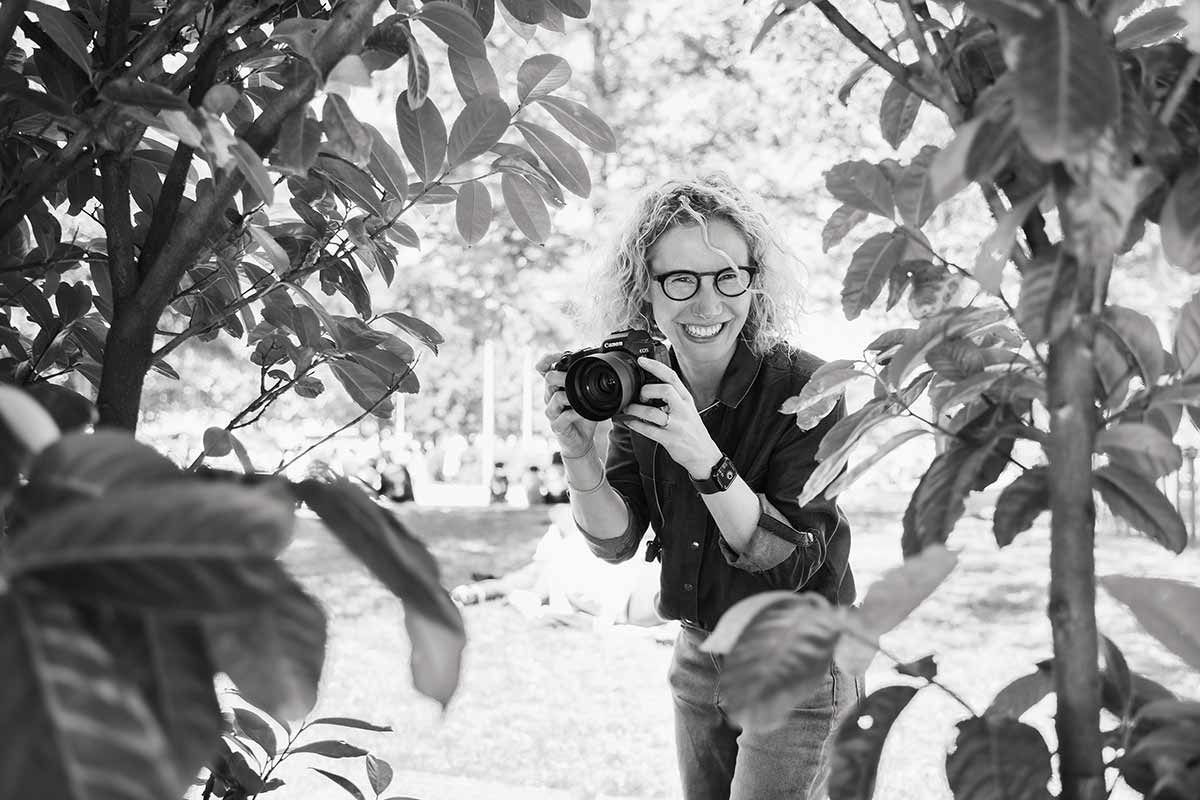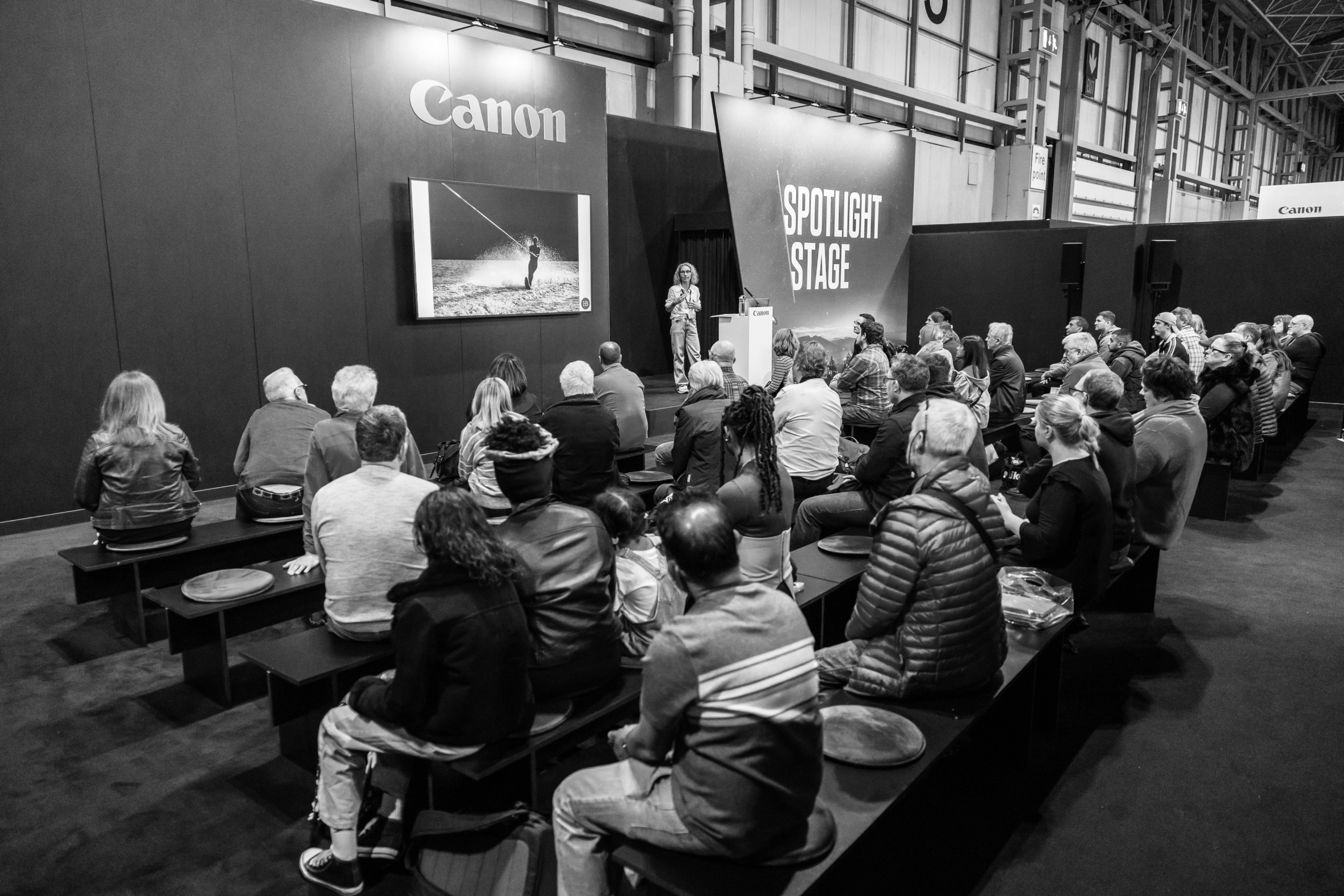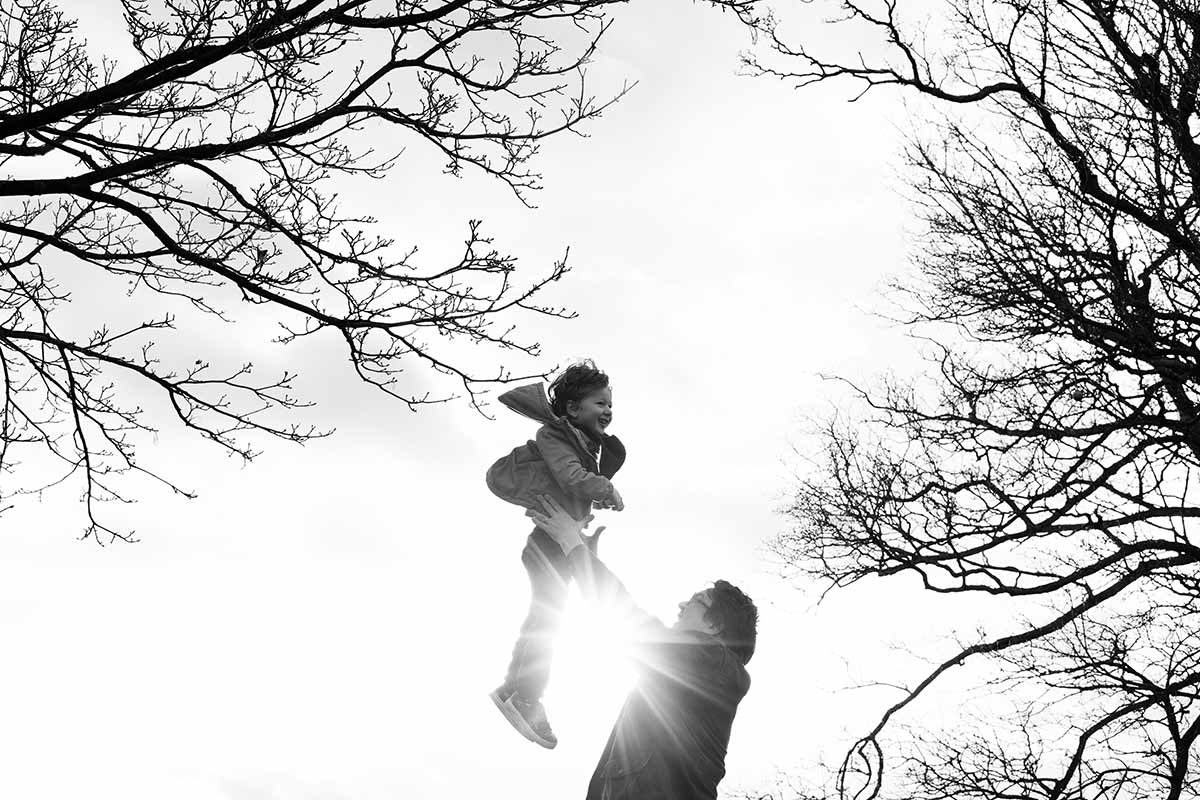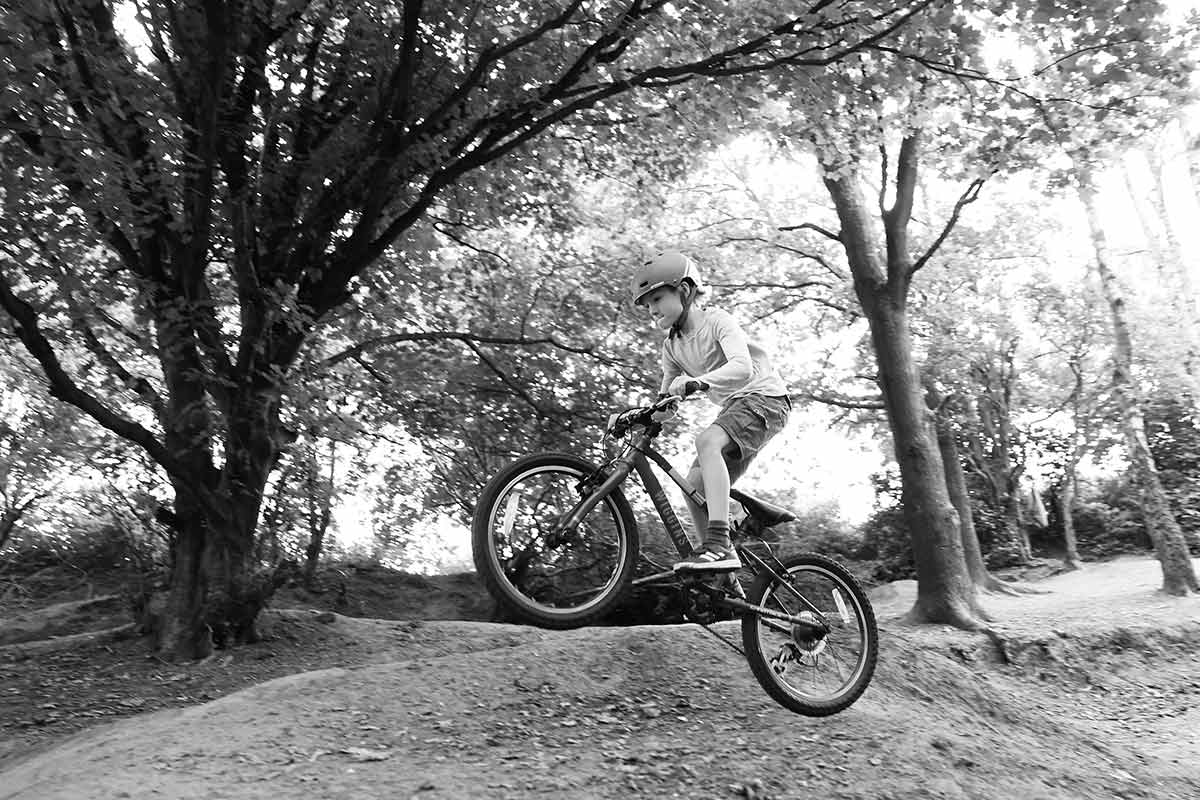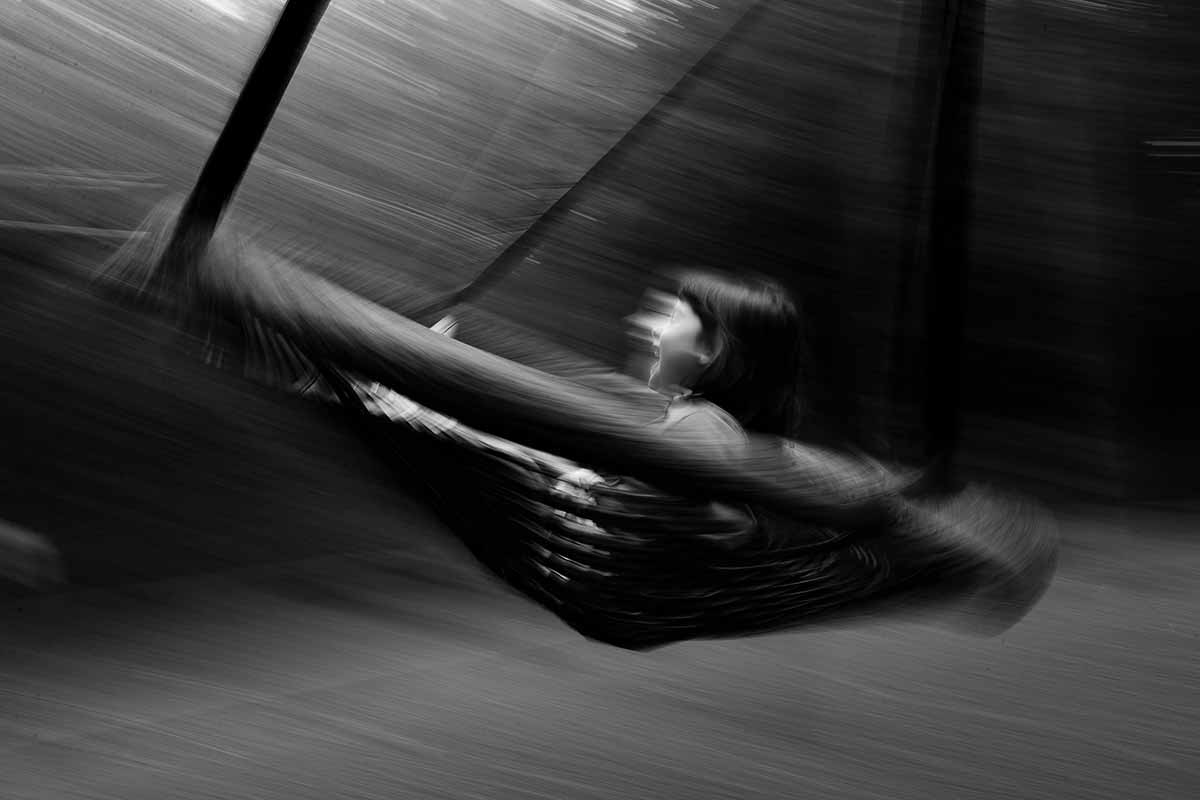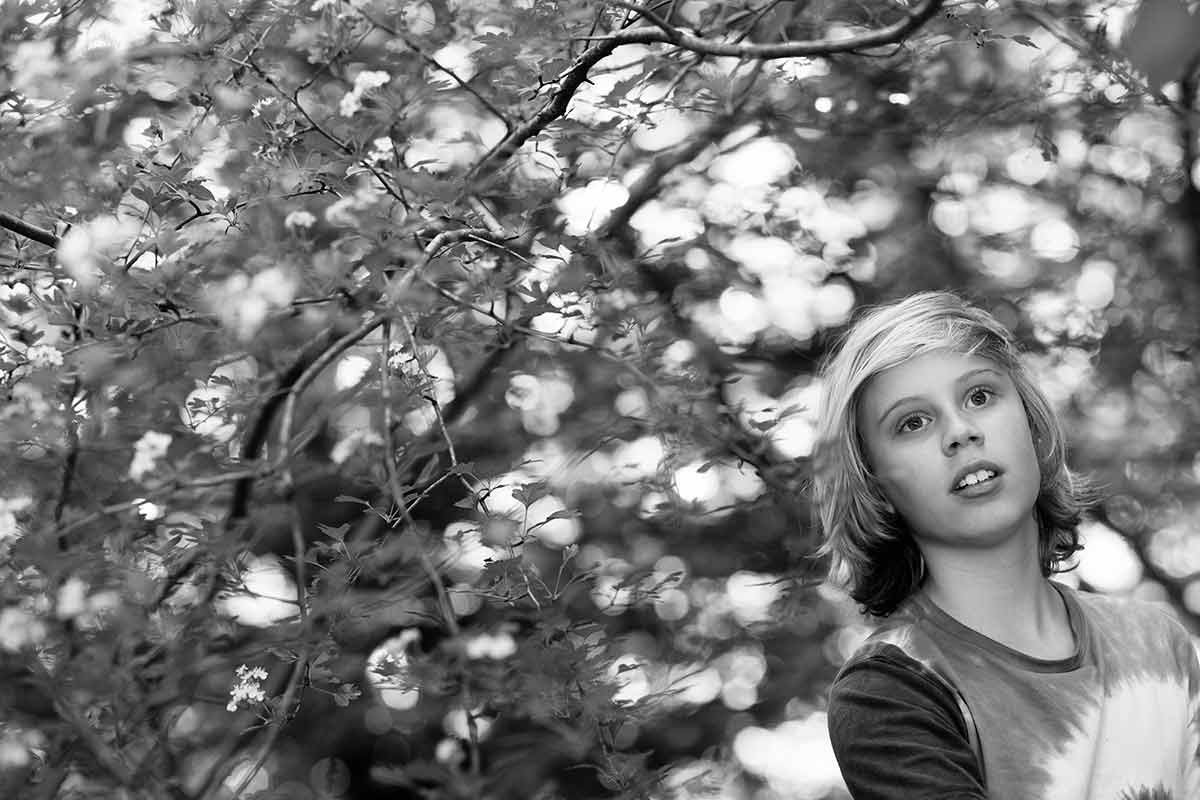Canon EOS R5 Mark II – a Hands-On Review
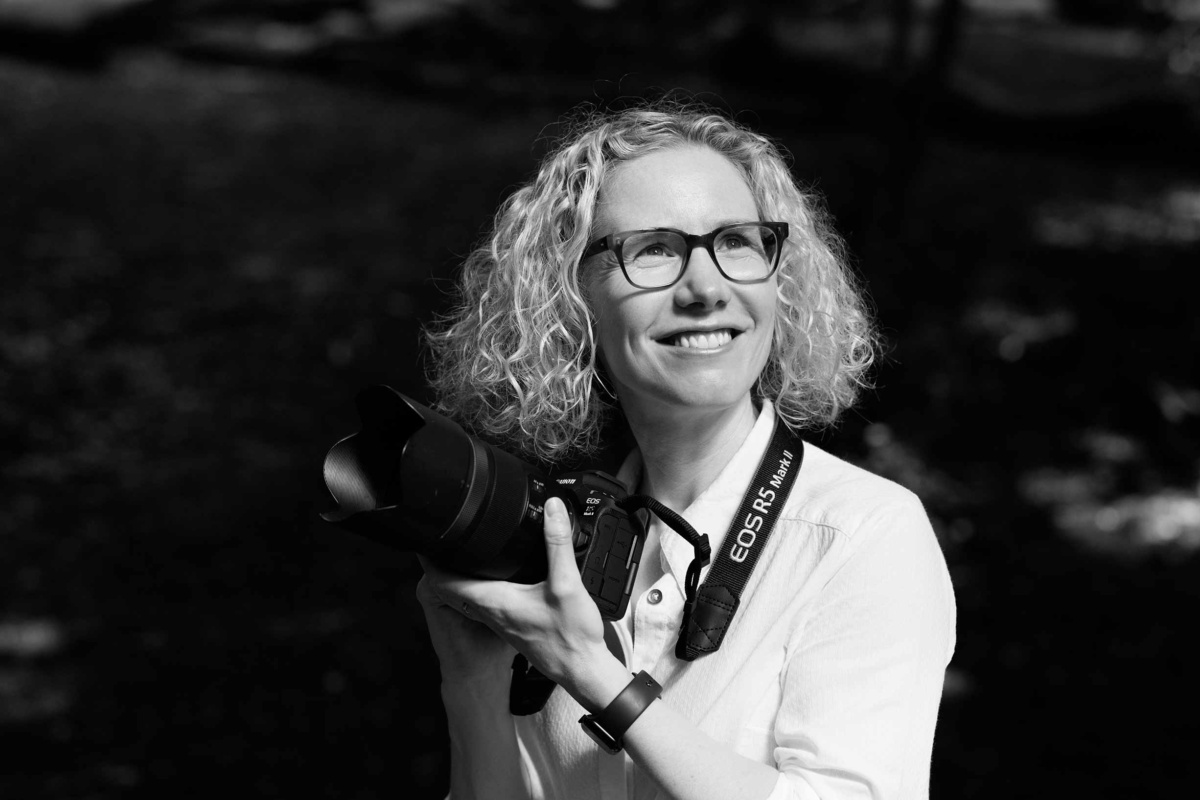
Today, Canon has launched the EOS R5 Mark II – a much-anticipated update to its popular EOS R5 – and the EOS R1, a ground-breaking new camera aimed at sports, press, and wildlife photographers. I’ve been testing a pre-production version of the R5 Mark II for a week and now I’m able to share my thoughts on this fantastic new camera, why it’s such a good fit for me, and some of the images I’ve made while exploring its new features.
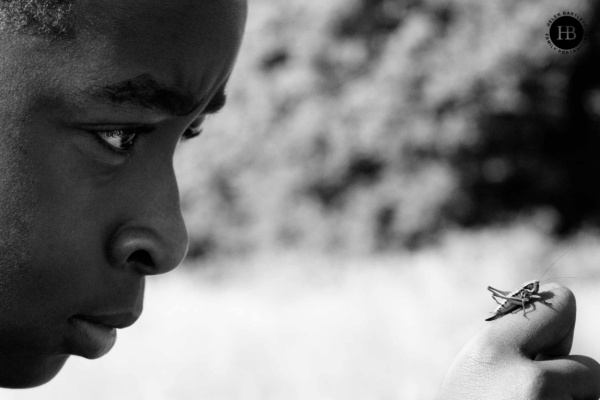
Background
Let me introduce myself: I’m Helen Bartlett, a Canon Ambassador since 2017 and an award-winning family photographer based in London. My work with children and families is shot on location at my clients’ homes or places they like to go, such as the park or the woods. I work in a natural and relaxed style and all my images are in black and white. The pictures you will see shared on the blog today are all taken in natural light with families in their own environments. I hope they will give you a clear indication of how this camera could work for you as you photograph your family, friends, and clients.
I’ve been a Canon user for over twenty years, and my current kit is two Canon EOS R5 cameras with a selection of RF lenses. The pictures on the blog have been taken with the EOS R5 Mark II and the Canon RF 50mm f/1.2 L USM lens, the Canon RF 85mm f/1.2L USM lens, the Canon RF 35mm f/1.8 Macro IS STM, and the Canon RF 16mm f/2.8 STMlenses. Details will be in the captions below the images.
All of the pictures in this blog post were taken using pre-production hardware and firmware.
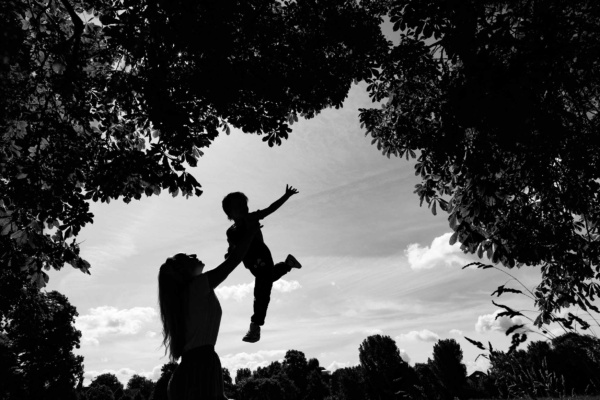
What are the Canon EOS R5 Mark II’s new features?
Let’s start with an overview of what’s changed in the EOS R5 Mark II compared to the R5, and then we can delve deeper into the details and benefits of its most exciting innovations.
The R5 Mark II is a major upgrade from its predecessor that adds some really innovative new features, along with the evolutionary improvements that you would expect from a “Mark II” version of a camera that was already great. These new features open up a world of possibilities for creative photographers and I’m sure it will become equally popular with professional and amateur photographers alike. It’s a lovely camera to use, and it produces the beautiful image quality that we expect from Canon.
I’ll go into all of these new features in much more detail, but here’s an overview of what’s new on the Canon EOS R5 Mark II:
- A revolutionary new pre-capture shooting feature, which ensures you don’t miss the decisive moment and is going to be a game-changer for me. I’m really glad that this feature is coming to the R5 Mark II as well as Canon’s new flagship camera, the EOS R1!
- Eye Control AF, which allows you to select people or points to focus on simply by looking at them in the viewfinder. This is one of the R1 and R3’s best features, so it’s awesome to see it appearing in the R5 Mark II.
- Other new autofocus features including People Priority AF, Action Priority AF, Register People Priority AF, and massively improved focus tracking, allowing us to compose creatively, safe in the knowledge that the camera will take care of the rest.
- A new, stacked CMOS sensor that allows for higher frame rates, better autofocus, wider dynamic range, more accurate automatic white balance and metering.
- Improved electronic shutters, giving you frame rates up to 30fps. There is now an option for a blackout-free display for the electronic shutter, along with available shutter speeds up to 1/32,000 which allows us to use our lenses wide open in even the brightest sunshine without the need for an ND filter. Rolling shutter distortion has been reduced, and the electronic shutter can now be used with flash.
- There are big improvements to the R5 Mark II’s video features, too. I only shoot still photographs and so haven’t tested the video features, but along with the higher quality options that Canon have added there’s an exciting dual shooting option that allows you to shoot stills while also recording video. If anything’s going to get me to start shooting video as well as stills on my shoots, it’s going to be features like this that make the EOS R5 Mark II the perfect tool for hybrid shooters.
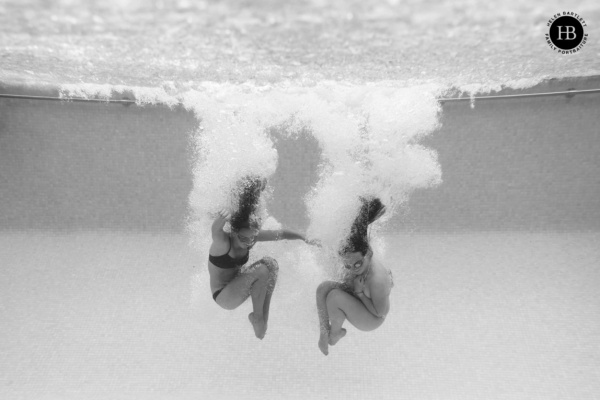
Why the R5 Mark II and not the R1?
Canon are launching two cutting-edge cameras today, the EOS R5 Mark II and the EOS R1. I’m sure that some of you are wondering why I asked to test the R5 Mark II instead of the R1! I expected it to be a hard choice, but when I saw the two cameras’ specifications it was a very clear decision for me.
While I love Canon’s 1-series cameras for their superb autofocus features, ergonomics and build quality (I shot with the EOS-1D X and EOS-1D X Mark II for years and did everything short of knocking in a tent peg with them), the file size of the R5 are substantially bigger, allowing me a higher quality of print. As a portrait photographer who believes in the value of providing incredible wall art and albums for my clients, once I got used to the bigger file size produced by the R5 I wouldn’t want to go back to the 24 megapixel of the 1-series cameras. Those 24 megapixel files are perfect for the R1’s target market, but I’m very happy to see some of its most exciting features appearing on the R5 Mark II so I don’t feel like I’m losing out by choosing it over the R1.
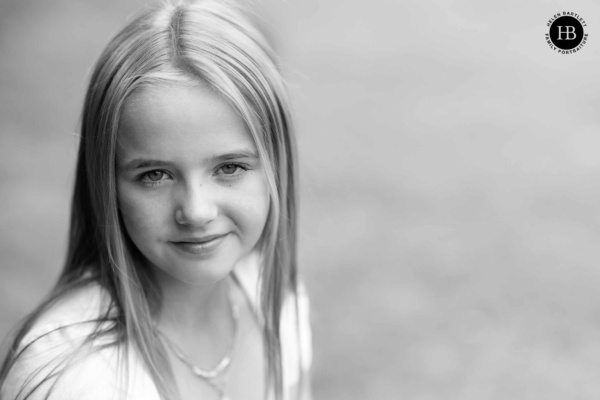

Handling
For photographers who have been using the Canon EOS R5, the R5 Mark II will feel familiar. It’s a similar weight (746g for the R5 Mark II with card and battery vs 738g for the R5) and most of the buttons are in the same places. One big change is the top left of the camera, where previously we had the on/off switch there is now a stills to video switch. This is a great addition for hybrid shooters, allowing quick switching between modes.
The maximum file size remains the same at 45MP, which is perfect for me as a portrait photographer. Images this big can be printed very large for wall art or cropped to improve the composition without losing too much quality. Canon has also added a very useful in-camera upscaling feature, where an image can be enlarged to four times its original size at the press of a button (JPEG only), more about this later on.
With the R5 Mark II, Canon have retained the two card slots design of the R5, one for CF Express cards and one for SD cards. This works well for me, using a fast CF Express card for my RAW files and the SD card for JPEG backups.
The R5 Mark II comes with a new battery – the LP-E6P. The LP-E6-NH, which many of us will have been using with our R5 cameras, is compatible with the R5 Mark II, but with limitations as some of the new features such as the pre-continuous shooting or dual shooting do require the new battery. It will be handy to be able to use the old batteries as a backup option, but you’ll want to be using the new batteries if at all possible.
Battery life is good and a full charge lasted a long morning of family photography. Although I haven’t done a full side-by-side test, it feels like the battery lasts longer than the R5.
Weather sealing is similar to the Canon EOS R5, so it will be fine in a short rain shower but don’t dunk it in the bath, and the sturdy new hot-shoe cover adds protection if you’re not using a flash.
As with all Canon R series cameras, the R5 Mark II is incredibly customisable, so buttons and dials can be assigned different settings and your most-used features are easily available. I found customising the Q menu to be very helpful when testing the EOS R5 Mark II, alongside assigning drive mode to a button so I could quickly switch between lower frame rates for quiet moments and 30fps for fast action.
With all the options available to you, I would recommend the use of custom modes for different types of shooting. If you’re not familiar with what Canon’s custom modes allow you to do, please check out my blog post on the Canon website about them when you’ve finished reading this review! Before the pool session that I did this week, I added my underwater settings to C3, making it very quick to get the camera set up and in its underwater housing while the kids were getting changed. I also have a custom mode set up for panning. If you haven’t investigated custom modes yet, they are a fantastic time-saving feature.
When you have your camera set up as you like it, you can save all your settings to a card, making it easy to copy them to a second camera body and also back them up to a safe place on your computer.
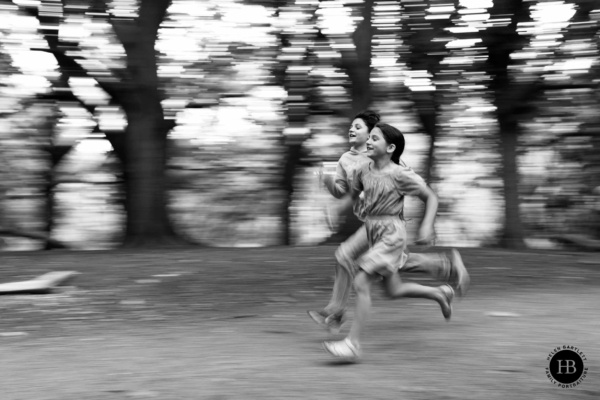
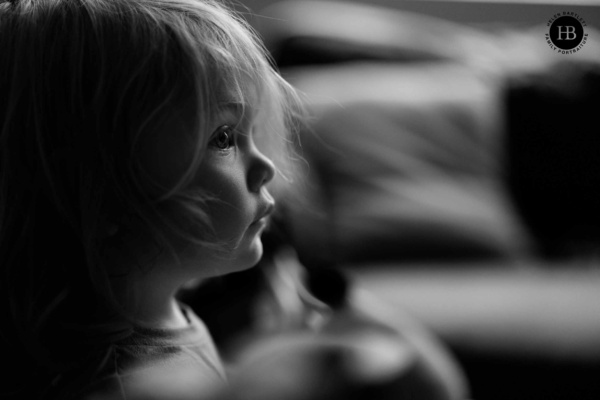
Autofocus on the Canon EOS R5 Mark II
The EOS R5 Mark II’s autofocus has had a major overhaul, due to the new back-illuminated and stacked CMOS sensor and the advances offered by its new image processing system. This means that focus is faster to lock on and tracking is more accurate, even during fast-moving situations. The R5 Mark II’s autofocus felt even better in my testing than the R3’s autofocus, although I haven’t had a chance to compare them directly.
Images shot on the R5 Mark II are reliably sharp, which frees us up to concentrate on composition, trusting the camera to take care of the rest. I am very excited about the creative possibilities this will bring.
For me, the biggest improvements are in the continuous focus tracking features. As well as being fast and accurate, the camera automatically locks onto subjects’ faces and does a superb job of avoiding obstacles, even in challenging situations like kids running through trees or playing in a cloud of bubbles. It’s very impressive. I found the focus tracking on the R5 to be very good, but this is a huge step forward.
Servo AF modes familiar from the R5 and the 1-series DSLR cameras (i.e. case 1 multi-purpose, case 2 tennis, case 3 cycling, case 4 football/gymnastics) have been replaced with an automatic mode, or a manual mode where you can set the parameters yourself to give more or less sensitivity to the way the autofocus tracking works. I set mine up to mimic case 2 from the R5 and found that to work incredibly well on my test shoots.
The autofocus tracking on the R5 Mark II is great, but how do we tell it what to track?
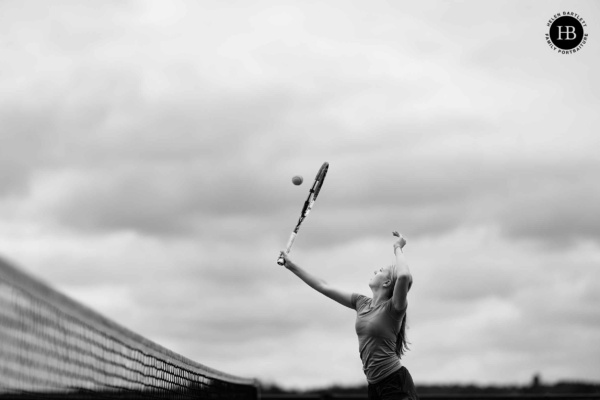
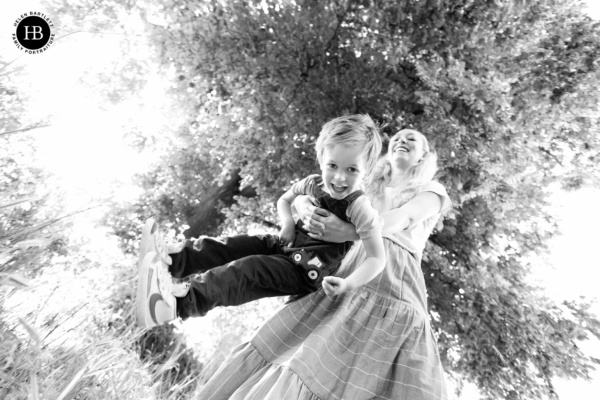
Eye control
Eye control focus was a feature of the Canon EOS R3 that I was really excited to see in the Canon EOS R5 Mark II.
Eye control allows you to select your subject simply by looking at it, and then tracking kicks in with a press of the AF-ON button. It’s amazing and allows rapid movement from one subject to another.
To use it, you calibrate your camera by looking at a small circle at different points in the frame while the camera tracks your eye movements. It’s easy to do and you can have multiple calibrations – for example one for wearing glasses and another for your contact lenses, or for different people if you have a multi-photographer studio with shared cameras.
Unfortunately for me, since testing and loving the feature on the Canon EOS R3, I’ve changed my glasses and my new varifocals don’t work with eye control as well for me as I had hoped. For now, I have this feature switched off. I can see the potential though, and will be exploring it in more depth when I get my own EOS R5 Mark II, and possibly some new glasses!
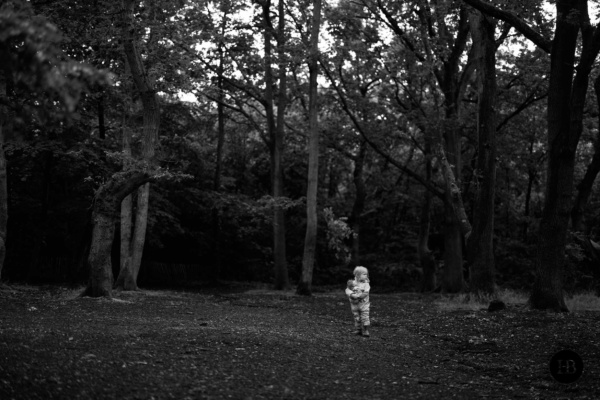
Register People Priority
One feature I will be making great use of is the new Register People Priority mode. Here you register people in the camera and the autofocus will prioritise them in a shot.
If you have a very busy event to photograph, such as a kid’s party, then people priority will be really useful. You can register faces in advance: either take a picture at the beginning of the session, or even ask your client to send you one in advance and you register this in the camera, it’s very quick to do. Then if the camera is trying to decide which of a group of people to focus on, it knows where to start. In the children’s party example, the birthday child could have priority one, their siblings’ priority two and three, and parents’ set to four and five. This way the camera will know who to pick out in a crowd. You can, of course, override it, but when working in fast moving situation it will help enormously. I expect wedding photographers will love this, registering the couple and the wedding party before the big day.

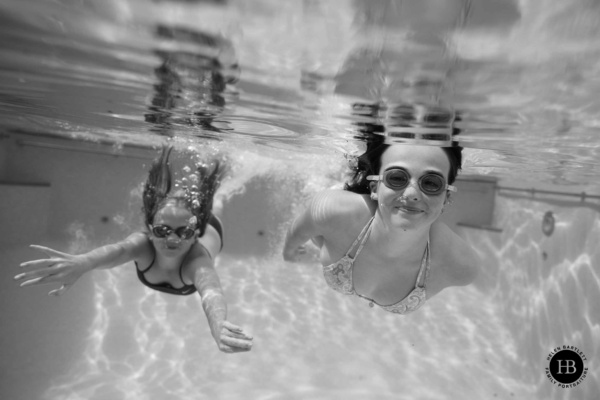
Action Priority
Action priority is one I’m yet to try, but I can see uses for it even within family photography. Designed for sports photographers and with three sports modes so far – football, volleyball, and basketball – action priority tells the camera to follow the action, so as a ball is passed between players the focus will shift to whoever has the ball. For kid’s football games this will be great.
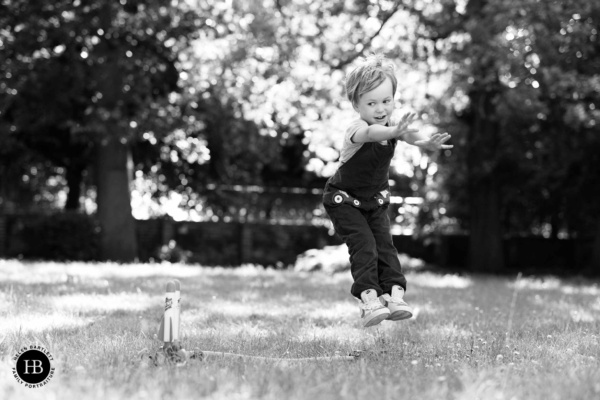
Frame rate
The Canon EOS R5 Mark II has had a boost to its frame rate, which will also help us with these fast-moving situations. The electronic shutter shoots up to approximately 30 frames per second and the mechanical shutter approximately 12fps.
We can set different frame rates for each option, with high speed continuous on the electronic shutter having the option of 30 or 20 fps, high speed 20, 15, 12, 10, 7.5, and low speed 1, 2, 3, 5, 7.5, 10, 12, and 15, this gives us a lot of flexibility to work within our preferred parameters.
When I’m taking pictures, I like to be able to hear the shutter: it lets me know how quickly I’m shooting (I’m sure we’ve all accidentally taking a burst of photos at a high frame rate when we meant to take a single image, or forgotten to change the shutter speed from 1/15 after taking some panning shots) and also lets my subjects know when the picture has been taken. On the R5, the electronic shutter was completely silent. While I love a silent shutter on occasion – a sleeping newborn for example – I find that people struggle to know when the picture is being taken with a silent shutter and a small noise helps, so I really like the option to have the R5 Mark II play a realistic shutter sound when it’s using electronic shutter.

Pre-Continuous Shooting
Working in conjunction with the improved auto-focus and fast frame rate, pre-continuous shooting is one of my favourite features of the new Canon EOS R5 Mark II. When you enable pre-continuous shooting, the camera starts recording images when you half-press the shutter button, but it keeps them in its buffer and doesn’t record them to your memory card until you fully press the shutter button. Effectively, it allows you to take up 15 shots (in RAW) before you press the shutter button, which massively improves the chances of capturing that magic moment that’s gone in the blink of an eye.
When I first read about it, I wasn’t sure what applications pre-continuous shooting would have for me as a family photographer. I could see how incredibly useful it would be in sport, for example, catching the kick that scores the goal, the fraction of a second that is the difference between the killer shot and missing the moment. But for family photography? I wasn’t sure.
It turns out that it’s amazing when working with unpredictable young people! From the shy glance of a nervous subject, which is often so fleeting as to be almost impossible to catch, to the moment a child flings themselves up from the bottom of a swimming pool, creating a cascade of water. There are so many moments when the action is so fast and the build-up to the moment hidden that, by the time you’ve seen it happen, it’s over. Being able to set the camera to start shooting before the shutter button is pressed has already allowed me to create some new images I wouldn’t have got before, and I know it’s going to offer up many more opportunities in the future.
It’s not a setting I would want to use all the time because memory cards would get filled very quickly but, in the right circumstances, this feature is a game changer. As with all Canon R-series cameras, the R5 Mark II is incredibly customisable, so I have put the pre-shoot setting into my Quick menu for easy access.
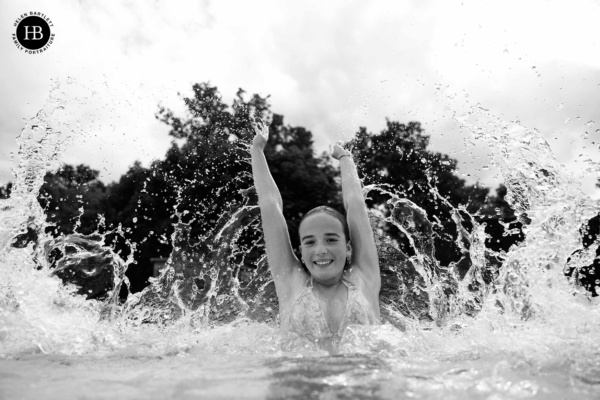
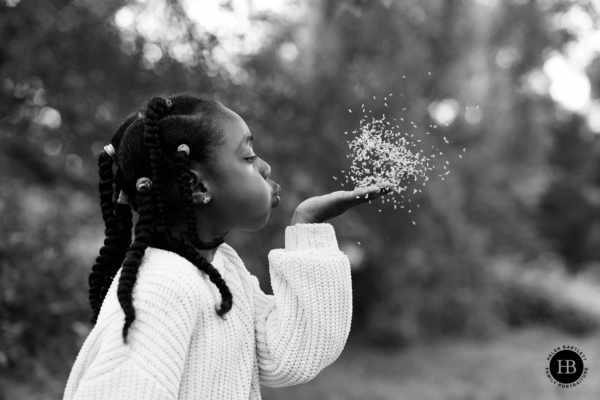
Dual Shooting (stills and video)
While I haven’t tried with the video functions of the Canon EOS R5 Mark II (because that isn’t my area of expertise) there was one feature that immediately caught my attention: dual shooting, an option for stills and video to be taken at the same time (6 fps 16:9 JPEGs).
Previously, shooting video has not been an option for me, because if I was to shoot video at my family portrait sessions this would distract me from my primary objective: a superb set of still images for my clients.
Being able to do both – shooting video and high-quality JPEG at the same time – is a very interesting development and something that I’m sure I will investigate further once I have an R5 Mark II of my own. From the brief play I have had with this function, I can see that I could get some lovely snippets for my clients, or my social media, without missing out on my primary objective of still image capture.
I expect this feature to be hugely popular with social and commercial photographers who want to add a few short video snippets to their still image portfolio.
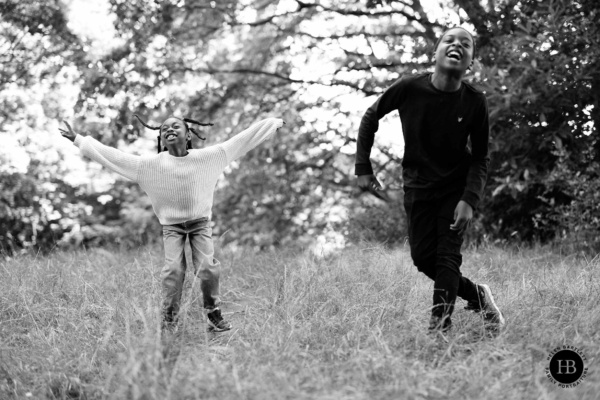
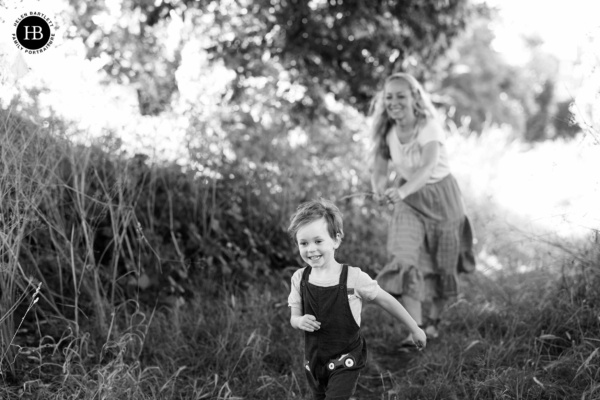
High ISO
Moving on from some of the flashier new features to the bedrock of our image making, low-light performance is a big deal for family photographers like me who work in people’s homes where we often have no control over lighting. Flash or LED panels are sometimes appropriate, but other times we have to work with what we have, and often that is not very much light at all.
So, with every new camera I’m keen to see how far I can push things. I regularly shoot at ISO 5,000 on my R5, pushing that up to ISO 10,000 on occasion when I really need to. What can I do with the R5 Mark II?
The answer, it seems, is go higher than I expected, especially when combined with the new in-camera noise reduction feature.
On my test shoots, I tried some ISO 10,000 shots indoors. The quality is perfectly acceptable for a 24” double-page spread in an album, with the camera focusing on a child being thrown in the air at 1/160th – a slow shutter speed as the light was low which can be seen in the movement of the dad – the son’s eyes are pin sharp.
ISO 5,000 looks much better than on the R5. With smooth tones and less noise, it will be great for indoor pictures.
Outside, I tried going further under a dark tree in the woods. Shooting at ISO 51,200 the JPEG straight out of the camera was noisy, but once I’d run it through the in-camera noise reduction then the result was surprisingly good. An A2 test print showed that, if needed, shooting at this ISO level is possible if the situation required it and the results could be printed large.

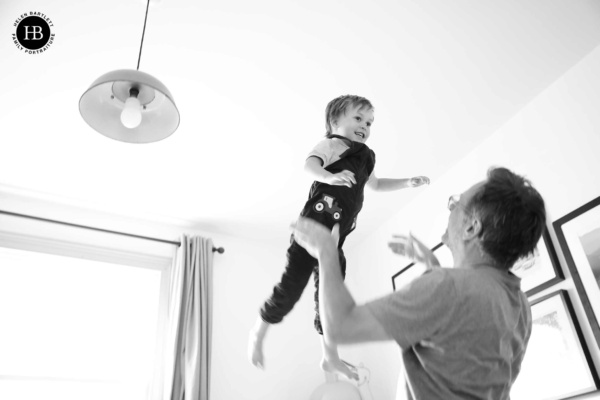
Processing in the camera
As well as in-camera noise reduction, the Canon EOS R5 Mark II offers in-camera image upscaling, taking a file from 8,192 x 5,464 px to 16,384 x 10,928 px and saving as a JPEG at the press of a button. This will be so useful for sending images to agencies and can be used in conjunction with the RAW processing we had in the R5.
In-camera resizing can also scale the image down for ease of transfer (medium JPEG at 24 megapixels, S1 JPEG at 12 megapixels, or S2 JPEG 3.8 megapixels). The image can also be cropped and straightened, and the format can be changed to square, 9:16, 3:4, 3:2, 16:9, or 4:3.
RAW files can also be processed in-camera and converted to JPEGs or HEIF files with options to adjust brightness, noise, white balance, picture style, colour space, clarity, lens correction, and the lighting optimiser before saving as a new file. If images need to be tweaked and sent quickly straight from the camera, this is a handy feature. New to the R5 Mark II is a Blur/Out-of-Focus image detection option to facilitate selection when selecting images in-camera, although I did not test this feature.
I’m sure its primary purpose is helping photojournalists in the field to quickly edit and transmit pictures, but I could see myself tweaking images and then sending to my phone via the Canon Connect app for uploading to social media or it being a useful option for a wedding photographer if they want to send a few images to the wedding couple on the day.
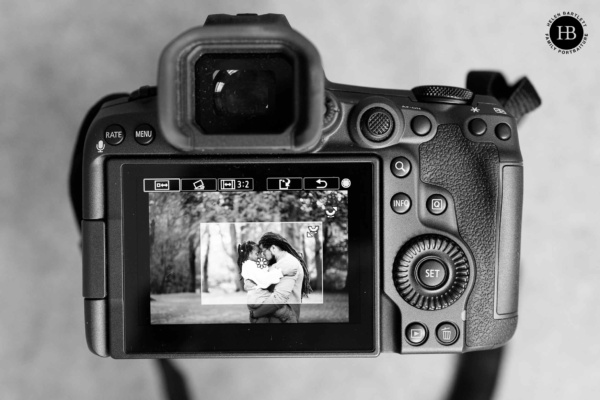
Image Stabilisation
In-body image stabilisation has been improved compared to the R5’s already impressive stabilisation and combined with in-lens image stabilisation can give combined stabilisation of up to 8.5 stops. In a real-world situation, a little girl standing still while spinning and umbrella at 1/15th of a second (using the Canon EOS RF 50mm f1.2L lens) she is pin sharp with a great blur on the umbrella. For those of us with shaky hands who don’t want to carry a tripod, this will continue to be a very useful feature and I can see myself using it on landscape photography trips for creative effect, as well as continuing to experiment with slow shutter speeds on portrait shoots which is something I occasionally like to do to add a bit of creative blur into an image.
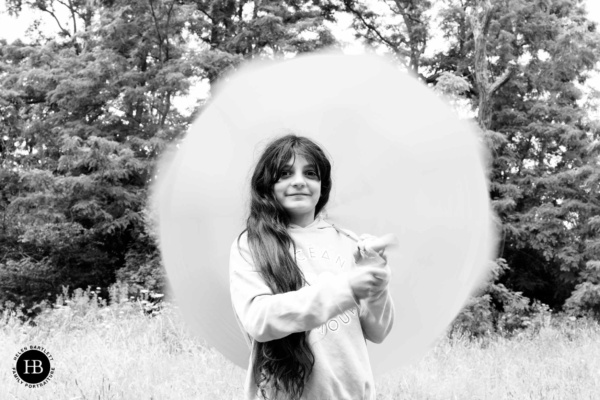
Conclusion
With the Canon EOS R5 Mark II, Canon have produced another exceptional camera.
This camera is packed with new features that make it easier to take outstanding pictures. Dramatic improvements in autofocus along with higher frame rates and the astonishing new pre-continuous shooting feature allow us to produce beautiful images in every situation. The Canon EOS R5 Mark II will enable creativity like never before.
During the week that I’ve had the camera, I’ve found myself trying new things: experimenting, playing, taking pictures that are full of joy, and were a joy to take. The Canon EOS R5 Mark II allows me to bring my vision to reality but also makes me seek new visions by giving me the tools to expand my horizons.
I feel I’ve only scratched the surface of what this camera can do and how it will enable me to develop my photography. The further I’ve dug into the menus, the more I’m discovering and the more possibilities are opening up ahead of me. This is a camera that will improve my photography and can improve yours too.
Will I be buying the Canon EOS R5 Mark II? Most definitely. By the time that this blog post is published, I will be on a waiting list for two new cameras. It’s been very hard to hand my R5 Mark II back to Canon, and I can’t wait to have my own Canon EOS R5 Mark II in my hands soon and to share the pictures with you and my clients.
I hope you have found this blog post useful. Do connect up with me on Instagram, I’m @helenbartlettphotography where you can see more of my work.
